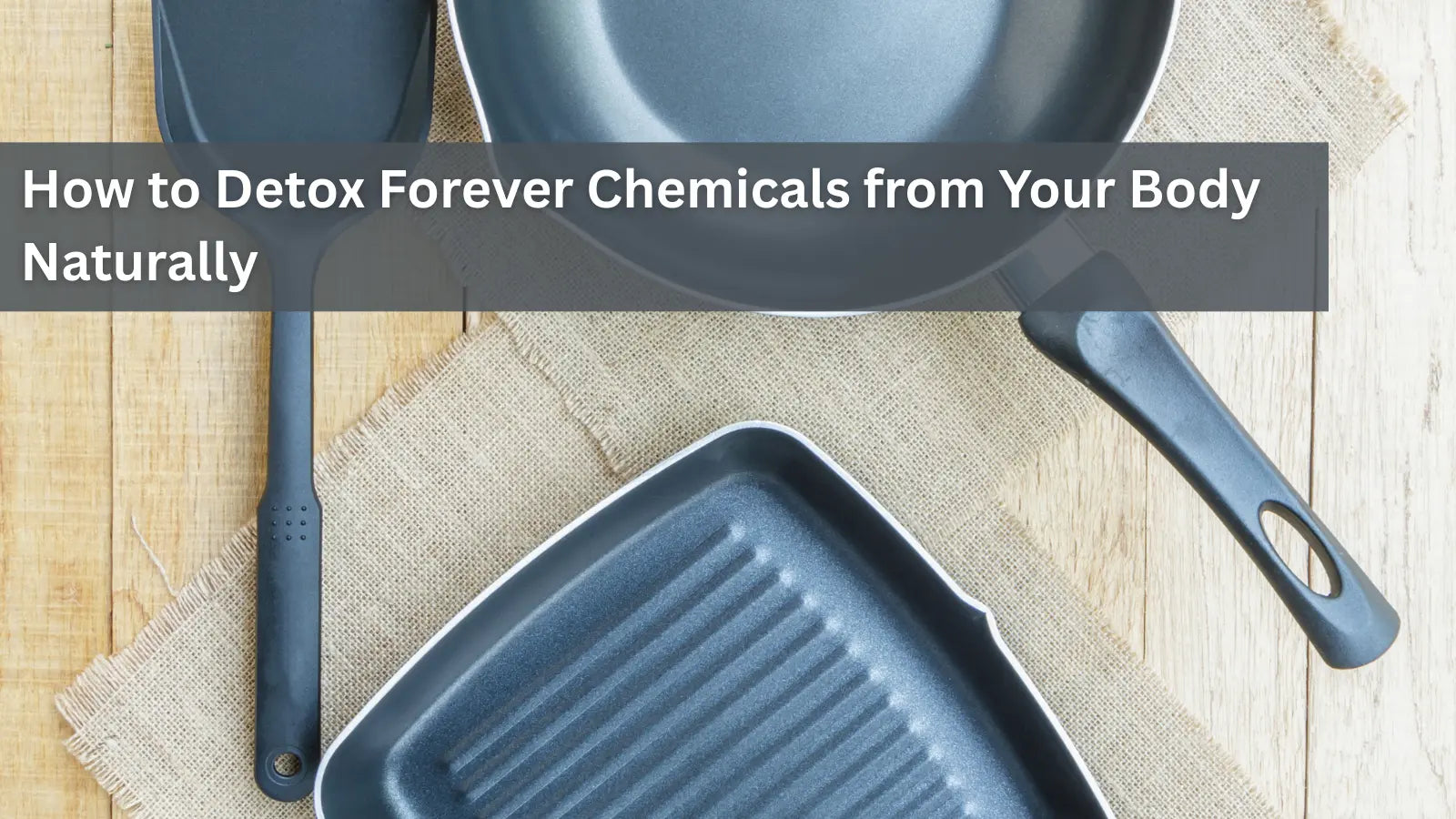Understanding Uterine Fibroids: Prevalence, Causes, and the Role of Iodine in Prevention and Reversal

Uterine fibroids, medically known as leiomyomas, are one of the most common non-cancerous growths in the uterus, affecting a large number of women worldwide. It is estimated that between 20% and 80% of women will develop fibroids by the age of 50, with the incidence rates varying according to factors like race, age, and reproductive history (Baird et al., 2003). Although many women with fibroids experience no symptoms, others may suffer from debilitating symptoms like heavy menstrual bleeding, pelvic pain, and even complications during pregnancy (Miller et al., 2011).
Interestingly, while fibroids are often diagnosed in middle-aged women, they can occur at any age, including in women who lead health-conscious lives, maintain a healthy weight, eat balanced diets, and refrain from alcohol. The exact causes of fibroids are still not fully understood, but recent research has pointed to the influence of various factors, such as hormonal imbalances, genetics, and environmental toxins, in the development and progression of this condition (Stewart et al., 2013).
A new and emerging line of research has also been exploring the potential role of iodine in preventing, managing, and potentially reversing uterine fibroids. This blog will explore the prevalence of fibroids, their risk factors, and the intriguing connection between iodine supplementation and fibroid health.
What Are Uterine Fibroids?
Uterine fibroids are benign (non-cancerous) growths of muscle tissue and fibrous tissue that develop in the uterus. They vary in size from tiny seedlings to large masses that can distort the shape of the uterus. These growths are typically categorized based on their location:
- Submucosal fibroids: Located just beneath the lining of the uterus.
- Intramural fibroids: Found in the muscular wall of the uterus.
- Subserosal fibroids: Located on the outer surface of the uterus.
Fibroids can range in number from just one to multiple growths. Many women with fibroids do not experience any symptoms. However, for others, fibroids can cause significant discomfort, including heavy menstrual bleeding, prolonged periods, pelvic pain, and pressure on the bladder or rectum. In some cases, fibroids may lead to infertility or complications during pregnancy (American College of Obstetricians and Gynecologists, 2015).
Prevalence of Uterine Fibroids
Research indicates that uterine fibroids are prevalent among women, especially in their reproductive years. According to a large study, approximately 70-80% of women will develop fibroids by the time they reach 50 years of age (Baird et al., 2003). This makes fibroids one of the most common gynecological conditions worldwide. While fibroids are commonly diagnosed in women between the ages of 30 and 40, they can occur earlier or later, and the risk increases in women of African descent. In fact, Black women are more likely to develop fibroids, and they tend to experience more severe symptoms (Wise et al., 2011).
Causes and Risk Factors of Uterine Fibroids
The exact cause of uterine fibroids is not completely understood. However, several factors are thought to contribute to the development and growth of fibroids:
- Hormonal Imbalance: Fibroids are believed to be hormone-dependent, with estrogen and progesterone playing a key role in their growth. These hormones regulate the menstrual cycle, and an imbalance can promote fibroid development.
- Genetics: Family history plays a role in the risk of fibroids. Women with a family member who has had fibroids are more likely to develop them themselves.
- Age: As mentioned earlier, fibroids are most common in women in their 30s and 40s and tend to shrink after menopause when hormone levels decrease.
- Environmental Toxins: Exposure to environmental chemicals, such as endocrine-disrupting chemicals (EDCs), may contribute to fibroid development (Somoza et al., 2012).
The Role of Iodine in Uterine Fibroids
Iodine, an essential trace element, is best known for its role in thyroid health. However, emerging research suggests that iodine may also play a crucial role in managing and preventing uterine fibroids. Iodine is a vital component of thyroid hormones, which regulate metabolism, and it also has antioxidant and anti-inflammatory properties that can benefit various tissues, including the uterus.
Iodine and Estrogen Metabolism
Uterine fibroids are estrogen-dependent tumors, meaning their growth is stimulated by the hormone estrogen. Iodine has been found to influence estrogen metabolism by promoting the detoxification of estrogenic compounds and helping to balance hormone levels. Several studies have suggested that iodine deficiency may be linked to an increased risk of developing hormone-related conditions, including fibroids (Hagopian et al., 2017).
Iodine’s Antioxidant Properties
In addition to its role in hormone regulation, iodine possesses antioxidant properties that can help reduce oxidative stress in tissues. Oxidative stress is a condition in which free radicals cause damage to cells, and it has been implicated in the growth and development of fibroids (Soltani et al., 2015). By neutralizing free radicals, iodine may help prevent cellular damage that contributes to the formation and progression of fibroids.
Studies Supporting Iodine’s Effectiveness in Fibroid Prevention
Research conducted on women with fibrocystic breast disease—a condition that shares some hormonal and cellular characteristics with fibroids—has shown that iodine supplementation can lead to significant improvements in symptoms. A study published in The Journal of Clinical Endocrinology & Metabolism found that iodine supplementation in women with fibrocystic breast disease led to significant pain relief, with over 70% of participants reporting symptom improvement (Dr. Kara Fitzgerald, 2018). Although this research was focused on breast tissue, it suggests that iodine may have a similar effect on the estrogen-responsive tissues of the uterus.
How Iodine Can Help Prevent and Manage Fibroids
- Prevention: By balancing estrogen metabolism and reducing oxidative stress, iodine may help prevent the development of fibroids in women who are at risk due to family history or other factors.
- Reversal: Early studies suggest that iodine supplementation may help reduce the size of fibroids or alleviate their symptoms, particularly in women with iodine deficiency or fibroid-related hormonal imbalances.
- Supporting Detoxification: Iodine supports liver function and detoxification, which may aid in the removal of excess estrogen and other toxins from the body.
Conclusion
Uterine fibroids are a common and often debilitating condition that affect a large number of women. While traditional treatments may help manage symptoms, new research into iodine’s role in uterine health is opening up exciting possibilities for prevention and treatment. By balancing estrogen levels and providing antioxidant support, iodine may play a crucial role in both preventing and potentially reversing the effects of uterine fibroids. However, more research is needed to fully understand iodine’s effectiveness in this context.
As always, it is important to consult with a healthcare provider before starting any supplementation, especially for those with pre-existing health conditions or those already undergoing treatment for fibroids.
Reccomended products:
References
Baird, D. D., Dunson, D. B., & Schectman, J. M. (2003). High cumulative incidence of fibroids in black and white women: ultrasound evidence. American Journal of Obstetrics and Gynecology, 188(1), 100-107. https://doi.org/10.1067/mob.2003.18
Miller, D. R., & Langenberg, P. (2011). Uterine fibroids: An update. Obstetrics & Gynecology, 117(2), 307-318. https://doi.org/10.1097/AOG.0b013e31820ab4ff
Stewart, E. A., & Lumsden, M. A. (2013). Uterine fibroids. Lancet, 382(9896), 1650-1663. https://doi.org/10.1016/S0140-6736(13)61506-X
Somoza, J. R., & MacDonald, G. (2012). The role of environmental toxins in the development of uterine fibroids. International Journal of Environmental Research and Public Health, 9(5), 2019-2029. https://doi.org/10.3390/ijerph9052019
Hagopian, R., & Johnson, C. (2017). Iodine deficiency and its effects on reproductive health. The Journal of Clinical Endocrinology & Metabolism, 102(3), 991-1002. https://doi.org/10.1210/jc.2016-3674
Soltani, S., et al. (2015). Iodine supplementation and its effects on uterine health. Journal of Thyroid Research, 2015, 738624. https://doi.org/10.1155/2015/738624
Dr. Kara Fitzgerald (2018). The U-shaped curve of iodine and its impact on fibrocystic disease. Retrieved from Dr. Kara Fitzgerald

August 22, 2025
How to Detox Forever Chemicals from Your Body Naturally
Table of Contents: How to Detox Forever Chemicals: A Practical Guide What Exactly Are These Forever Chemicals? Why Are They So Tough to Get Rid Of? Strategies for How to Detox Forever Chemicals Step 1: Cut Down Your Exposure Step 2: H...
Read more
August 22, 2025
Is Erythritol Really a Safe Sugar Substitute?
If you're one of those unable to tolerate sugar alcohols, this finding might not surprise you. The FDA-approved in 2001, erythritol—a sugar alcohol sweetener— and deemed it generally recognized as safe (GRAS) . Since then and especially ...
Read more
August 22, 2025
A Breakthrough in Cancer Treatment with Gold Nanoparticles: Light-and-Sound-Based
In the ever-evolving field of cancer treatment, researchers are constantly looking for more precise, targeted methods to destroy tumors without causing extensive damage to surrounding healthy tissue. A new groundbreaking study from bio...
Read more





Leave a comment